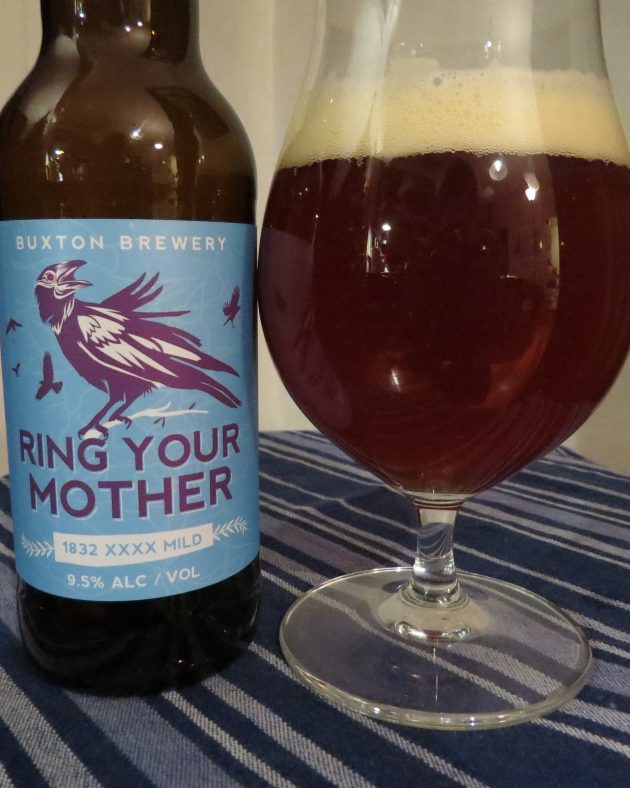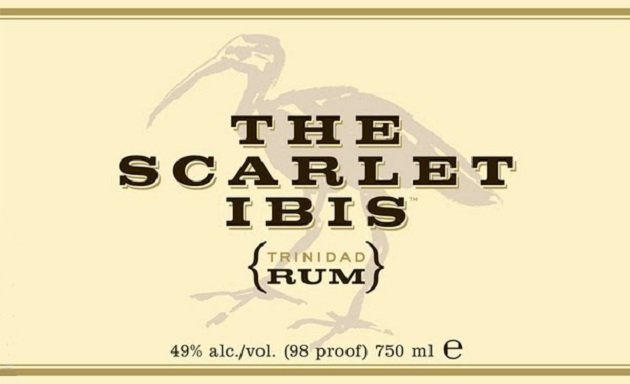
It would be forgivable to assume that the present state of craft beer, with its bewildering variety and abundance, somehow materialized fully-formed, as if by providence, to save us all from the depressing sameness of bland, mass-market light lagers that dominated American brewing for much of the last century. What’s lost in this arrogance of the present is the surprising richness of our brewing past, and the role relict beers have played in inspiring the creative beer-making of today. Anchor Brewing Company of San Francisco famously resurrected porter in the 1970s just as it was dying in its British homeland, and Sierra Nevada purportedly derived their house yeast strain from the venerable American brewer Ballantine’s, whose own IPA also served as an early inspiration for what has become the most popular craft beer style. Even a casual glimpse into beer history reveals that many of today’s most popular styles have their roots in the past, both recent and distant.
What is perhaps entirely new to brewing history is a dedicated interest in investigating beers of the past, including adventurous efforts to rediscover and revive old and forgotten recipes. Once the domain of inquisitive homebrewers, commercial breweries have been getting in on this resurrection act as well, giving drinkers a taste of perishable artifacts that would be otherwise lost to the past forever. Drinking beer is fun in and of itself, but turning it into a delicious history lesson makes it all the more respectable. Perhaps.
This week’s beer is Ring Your Mother, a collaboration between the English Buxton Brewery and Oproer Brouwerij and Oedipus Brewing of the Netherlands, that revives an 1832 recipe for an XXXX mild ale originally brewed by the now-defunct Truman Brewery of East London, one of the largest breweries in the world in the 1800s. With the holidays upon us, this recreation of a nineteenth-century British ale fits in perfectly with the nostalgic Victorian trappings and trimmings of the season – and it’s just as wonderful without any attaching any Dickensian sentimentality to it. (Yes, I know 1832 precedes the official beginning of the Victorian era by a good five years, but it’s close enough – and besides, “Georgian” doesn’t have the same holiday ring to it.)
The breweries responsible for Ring Your Mother are mum (not sorry) on the source of the name: I don’t know if it’s some play on the old tune “The Ring Your Mother Wore”, or if it was inspired by the ring-thieving Jackdaw of Rheims from The Ingoldsby Legends by Richard Harris Barham, or if it’s just an oedipal wink by Oedipus Brewing. I’m not even sure what the corvid on the label is supposed to be. If it’s not a Jackdaw, I suppose it could be a Hooded Crow, but my experience with European corvids is limited to seeing the ravens at the Tower of London long before I ever became a birder (are those even countable?). I honestly don’t know. It’s a beer with a bird on it and sometimes that’s all I can tell you.

At 9.5% alcohol by volume, Ring Your Mother is a potent beer for any era, but not an uncommon strength for everyday draughts in an age before serious public health concerns about alcoholism, temperance movements, and the widespread operation of motor vehicles and heavy machinery. And lest you were concerned that brewing a nineteenth-century London ale would somehow involve reviving the notoriously foul waters of the Thames as an ingredient, rest assured that Ring Your Mother is appears completely wholesome, glowing amber and luminously clear in the glass with a foamy beige head. Likewise, if you thought hoppy beers were a recent Californian invention, Ring Your Mother dispels that notion as well: the bottle sampled for this review still possessed a forthright aroma of citrus and pine resin even after two years of aging. The assertive hopping makes way for a well-developed bouquet beneath: butter toffee, dates, sweet hints of vanilla and banana, and an earthiness that suggests leather and pipe tobacco. The palate is rich and bittersweet, with notes of caramel, toasted bread, raisins, and gingersnaps, balanced by a cognac-and-citrus bitterness that strongly recalls Grand Marnier. Marmalade and burnt sugar feature prominently in the dry but warming and pleasingly brandy-like finish. For a 185-year-old recipe, Ring Your Mother is surprisingly similar to modern craft-brewed barley wines of our own time, and it offers festive flavors without being deliberately seasonal.
As a beer of Christmas past, Ring Your Mother works remarkably well with the sort of culinary Victoriana usually trotted out this time of year. Its proper place is certainly at the end of the meal, best paired with dessert, if not enjoyed on its own entirely. Its caramel and dried fruit flavors match well with mince pies, fruitcake, gingerbread, candied nuts, trifle with brandy butter, sticky toffee pudding – even that odd chocolate orange that requires violent demolition before eating. Less traditionally, it would also pair well with a heaping handful from the caramel side of one of those gargantuan holiday tins of popcorn. Historical authenticity isn’t everything.
Happy drinking and good birding!
________________________________________________
Buxton Brewery: Ring Your Mother
![]()
![]()
![]()
![]()
![]()
Four out of five feathers (Excellent)






 New writers welcome – please contact us for details.
New writers welcome – please contact us for details.

















Leave a Comment